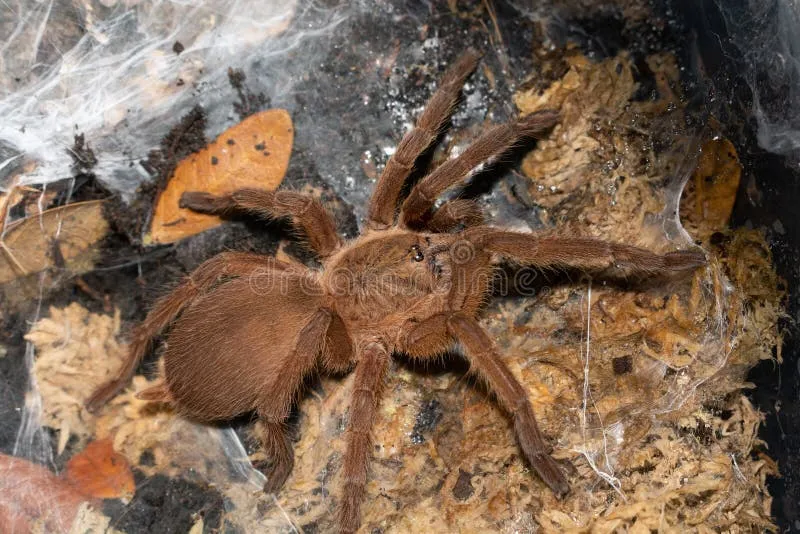Understanding Tarantulas
Tarantulas, with their impressive size and fascinating behaviors, have captivated the hearts of many pet enthusiasts. Before you bring one of these amazing creatures home, it’s essential to gain a solid understanding of their needs. This guide, “How to Care for Tarantulas 101,” will provide you with the fundamental knowledge required to ensure your tarantula thrives. From their natural habitats to their specific dietary requirements, caring for a tarantula is a rewarding experience. This guide helps you to create a safe, comfortable environment and to understand their unique characteristics and behaviors. Knowing the basics is key to a healthy, happy tarantula.
What are Tarantulas
Tarantulas are large, hairy spiders belonging to the Theraphosidae family. They are known for their impressive size, with some species having a leg span of over 10 inches. These arachnids are native to various regions around the world, including North and South America, Africa, Asia, and Australia. In the wild, tarantulas live in burrows or under rocks, where they ambush prey. They are typically nocturnal hunters, feeding on insects, small reptiles, and even birds, depending on their size and the species. They are typically docile and pose little threat to humans, although their bites can be painful.
Types of Tarantulas

There are hundreds of tarantula species, each with unique characteristics and care requirements. Some popular species for beginners include the Chilean Rose Hair (Grammostola rosea), known for its docile temperament and hardiness, and the Mexican Red Knee (Brachypelma hamorii), recognized for its striking coloration. Other options are the Brazilian Black (Grammostola pulchra) and the Cobalt Blue Tarantula (Cyaneopubescens) (more experienced keepers). Research the specific needs of any species before you choose to bring one home. This includes their preferred habitat, temperature, humidity, and dietary needs. This information is critical to ensure your tarantula’s well-being.
Choosing the Right Tarantula
When selecting a tarantula, consider factors such as your experience level and the species’ temperament. Beginners should opt for docile, easy-to-care-for species like the Chilean Rose Hair. Research the tarantula’s size, lifespan, and potential growth to ensure you can provide adequate housing. Check the tarantula’s overall health before purchasing. Look for a tarantula with a plump abdomen and no missing legs or other physical abnormalities. Ensure the tarantula is active and alert. Buying from a reputable breeder or pet store is crucial to ensure you receive a healthy specimen and accurate information about its care.
Setting Up Your Tarantula’s Habitat
Creating the right habitat is essential for a tarantula’s well-being. A proper enclosure provides shelter, regulates temperature and humidity, and allows the tarantula to exhibit natural behaviors. A well-designed habitat mimics their natural environment, reducing stress and promoting a healthy lifestyle. This involves careful selection of enclosure size, substrate, and décor. The setup should provide a secure and comfortable home for your tarantula to thrive.
The Ideal Enclosure

The size of the enclosure depends on the tarantula’s size. For terrestrial species, a terrarium that is wider than it is tall is ideal, allowing space for burrowing and roaming. The enclosure should be escape-proof, with a secure lid and adequate ventilation. Make sure that the materials used are non-toxic and won’t harm your tarantula. Glass or clear plastic enclosures work well. Provide enough space for the tarantula to move around comfortably without feeling exposed. As the tarantula grows, you will need to upgrade its enclosure.
Substrate and Decor
The substrate, which is the bedding material, is essential for maintaining humidity and allowing the tarantula to burrow. Suitable substrate options include coconut fiber, peat moss, and vermiculite. Avoid using cedar or pine shavings, as they can be toxic. Provide a depth of substrate appropriate for your tarantula’s species. Add décor such as cork bark, artificial plants, or hides to provide hiding places and enrichment. Ensure all décor is securely placed and won’t fall or trap the tarantula. Regularly check and replace the substrate to maintain a clean and healthy environment.
Temperature and Humidity
Maintaining the correct temperature and humidity levels is crucial for your tarantula’s health. Most species thrive in temperatures between 75-85°F (24-29°C). Use a thermometer to monitor the temperature inside the enclosure. Humidity requirements vary by species. Use a hygrometer to measure the humidity. Mist the enclosure with water regularly to increase humidity. Avoid placing the enclosure in direct sunlight or near heat sources that could overheat the habitat. Ensure good ventilation to prevent mold growth while maintaining appropriate humidity levels.
Feeding Your Tarantula
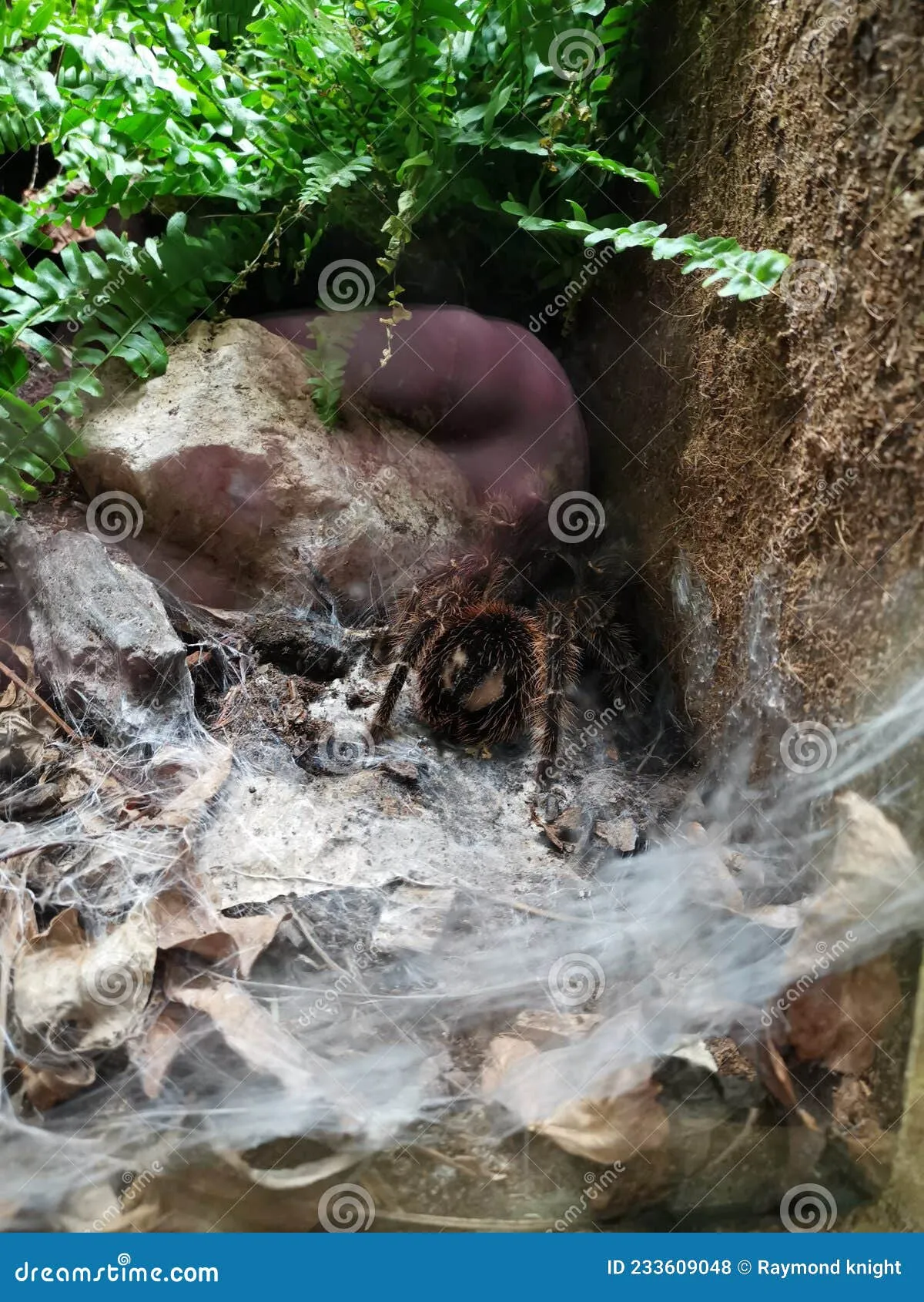
Proper feeding is critical to your tarantula’s well-being. A balanced diet and appropriate feeding frequency are essential to keep your pet healthy and thriving. Understanding your tarantula’s specific dietary needs and providing the right food items helps prevent health issues and promotes healthy growth. Regularly monitoring its feeding habits can indicate any potential problems. Always have fresh water available.
What to Feed Tarantulas
Tarantulas are primarily insectivores. Suitable food items include crickets, mealworms, roaches, and other insects. The size of the prey should be appropriate for your tarantula’s size; the prey should be no larger than the tarantula’s abdomen. Feed your tarantula live insects to stimulate their hunting instincts. Dust the insects with a calcium supplement to provide essential nutrients. Avoid feeding wild-caught insects, as they may carry parasites or pesticides. Always ensure your feeders are healthy and well-fed before offering them to your tarantula.
Feeding Frequency
The feeding frequency depends on the tarantula’s age and species. Younger tarantulas and fast-growing species require more frequent feedings, while adults may only need to eat once or twice a week. Observe your tarantula’s feeding habits to determine the appropriate frequency. A healthy tarantula will have a plump abdomen. Refusal to eat can indicate molting, stress, or illness. Remove uneaten prey within 24 hours to prevent stress and potential harm to your tarantula.
Watering Your Tarantula
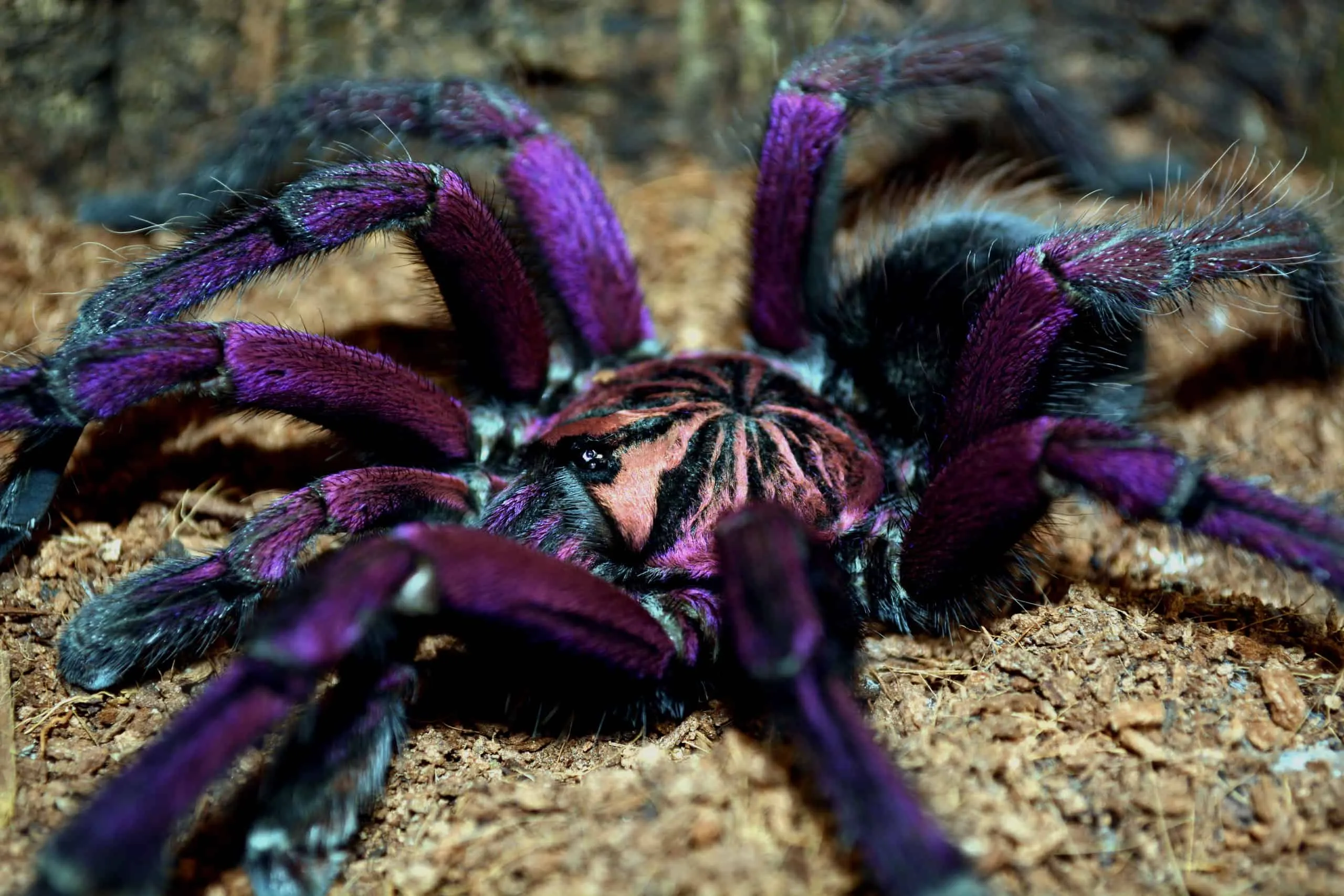
Providing fresh water is vital for your tarantula’s hydration. Use a shallow water dish filled with fresh water, or offer water by misting the enclosure. The dish should be shallow enough to prevent the tarantula from drowning. Change the water regularly to prevent bacterial growth. Many tarantulas drink from droplets on the enclosure walls. Ensure your tarantula always has access to clean water, especially during molting or in drier environments.
Tarantula Health and Handling
Knowing how to care for your tarantula’s health and how to handle it correctly is critical. Recognizing potential health issues and practicing safe handling techniques helps prevent injuries to both you and your pet. Careful monitoring, a calm environment, and gentle handling contribute to the overall well-being of your tarantula.
Recognizing Common Health Issues
Tarantulas can experience various health issues. Some common issues include dehydration, parasites, and injuries. Dehydration can result from lack of water or low humidity. Parasites can be introduced through live prey. Injuries can occur if the tarantula falls or is mishandled. Watch for signs of illness, such as lethargy, loss of appetite, or unusual behavior. Consult an experienced tarantula keeper or a veterinarian specializing in exotic pets if you suspect your tarantula is sick. Prompt intervention is crucial to prevent serious health complications.
Safe Handling Practices
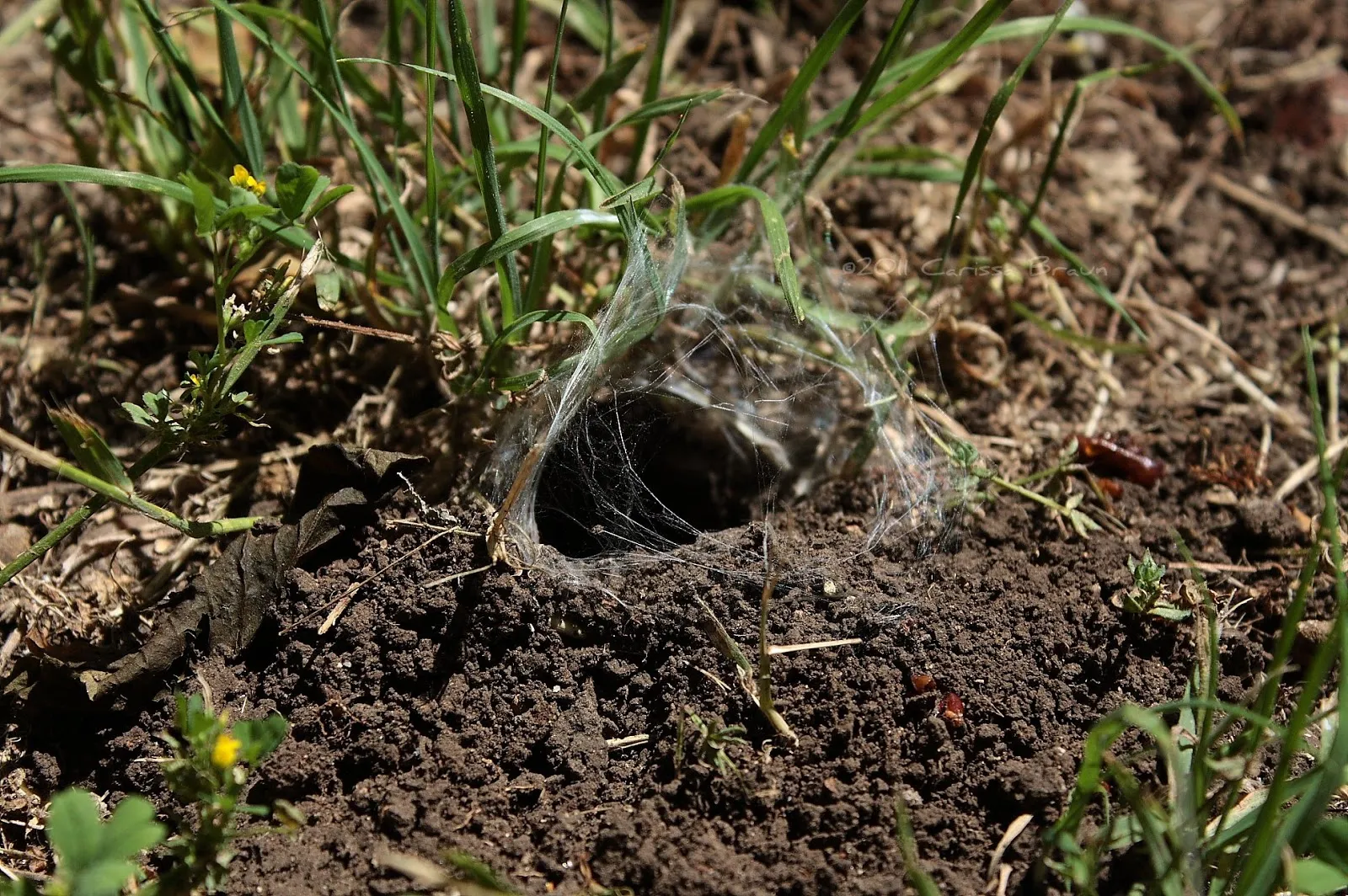
Handling tarantulas should be done with caution. Many species are docile and can be handled, but others may be defensive. Handle your tarantula only when necessary and for short periods. Always wash your hands before and after handling. Approach the tarantula calmly and gently. Avoid sudden movements that could startle the spider. Handle the tarantula close to the ground or a soft surface to minimize the risk of injury if it falls. Be aware of the tarantula’s defensive behaviors, such as raising its front legs or flicking hairs. If your tarantula displays any signs of distress, put it back in its enclosure immediately.
Molting Explained
Molting is a natural process where tarantulas shed their exoskeleton to grow. During molting, the tarantula becomes vulnerable and should not be disturbed. Before molting, the tarantula may become inactive and refuse to eat. The tarantula will flip onto its back to shed its old exoskeleton. Provide a humid environment during molting. Do not feed the tarantula until its new exoskeleton has hardened, usually a week or two after molting. Proper care during molting is crucial for the tarantula’s health and growth.
Advanced Tarantula Care
Beyond the basics of tarantula care, certain advanced topics can deepen your understanding and expertise. Breeding and the specific care requirements of certain tarantula species offer exciting possibilities for dedicated enthusiasts. Expanding your knowledge in these areas allows you to further enrich your pet-keeping experience and contribute to the well-being of these amazing creatures.
Breeding Tarantulas
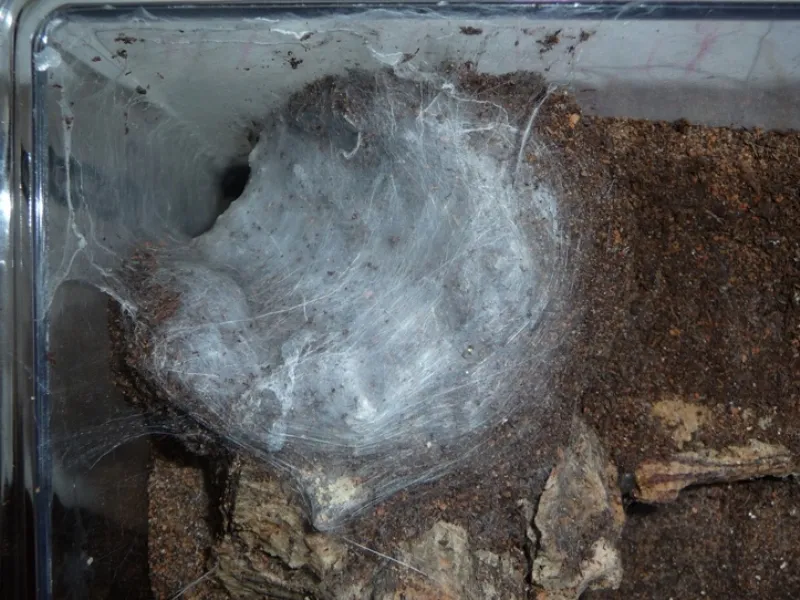
Breeding tarantulas can be a rewarding experience but requires advanced knowledge and careful planning. Successful breeding involves understanding the species’ specific mating behaviors, environmental requirements, and the proper care of spiderlings. The process involves introducing a mature male to a mature female. If the mating is successful, the female will lay an egg sac. The eggs must be incubated under specific conditions. Spiderlings require specialized care, including appropriate housing and feeding. Breeding tarantulas is a complex process and is not recommended for beginners. It demands meticulous attention to detail and a thorough understanding of the species’ needs.
Tarantula Species Specifics
Each tarantula species has unique needs. Different species have different temperature, humidity, and substrate requirements. Some species are more aggressive than others, and some are more prone to certain health issues. Research the specific care requirements of the species you own. This includes information on their natural habitat, diet, and behavior. Consult experienced tarantula keepers or breeders for advice. This specific knowledge is critical to provide optimal care and ensure your tarantula’s well-being.
